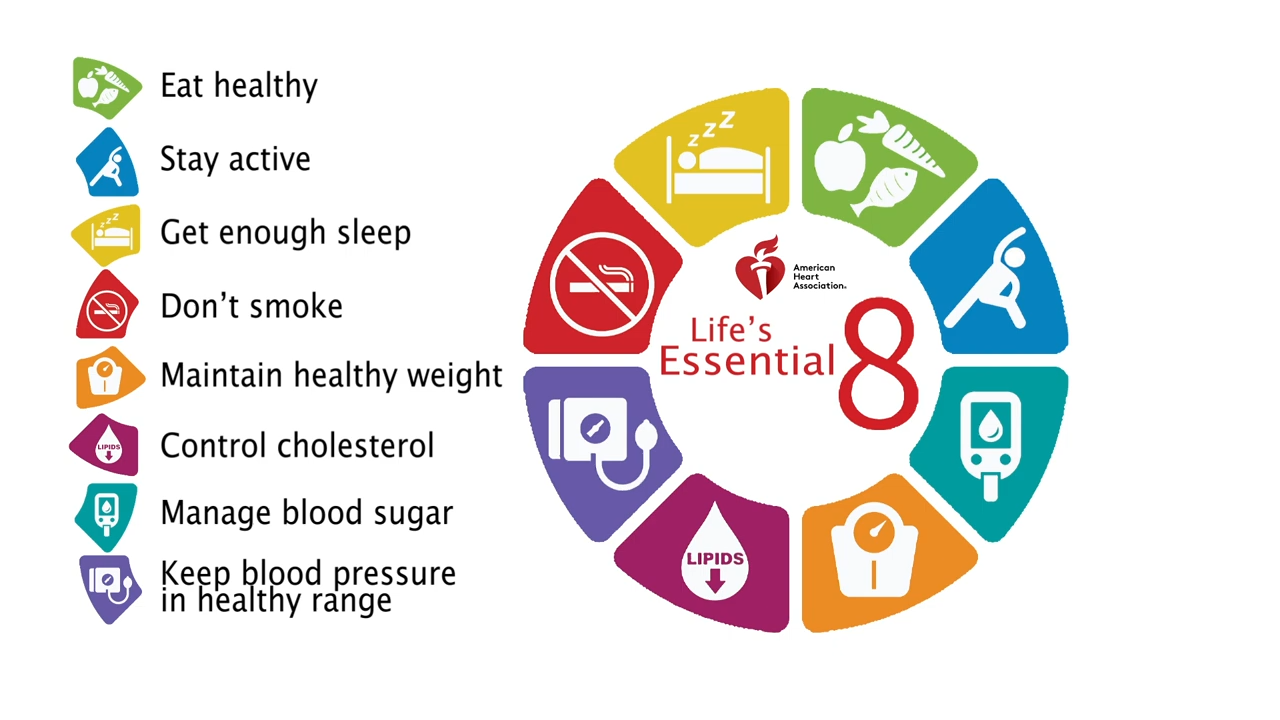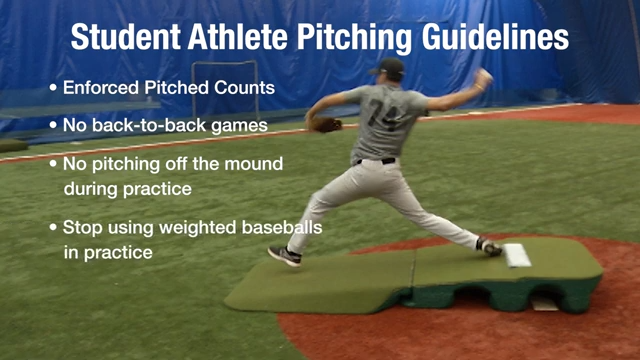Orlando, Fla. (Ivanhoe Newswire) — Ghosts, goblins or things that go bump in the night may not be the scariest things to worry about this Halloween, but rather the creepy crawling germs in your mouth. Everyone knows that candy doesn’t help with preventing cavities, but we have some foods that can.
Did you know that some everyday foods can help prevent tooth decay or even bad breath? Take lemon, for example.
“The lemon stimulates saliva,” said periodontist David Genet, DMD.
That keeps your mouth from getting dry and filled with bacteria. Another food that helps: cheese. It contains calcium and proteins that strengthen tooth enamel. The probiotics found in yogurt help your gum by crowding your mouth with good bacteria, blocking out the ones that cause cavities. It’s best to choose a plain yogurt with no added sugars. Leafy greens such as kale and spinach contain folic acid, which can help treat gum disease in pregnant women. Try adding some to a salad or a smoothie. Apples, carrots, and celery can act like a toothbrush at the end of a meal. They increase saliva, while also rinsing out bacteria and food particles. Also what you drink is important. Be wary of drinks with added sugars.
“Those sugars from the milk or juice basically coat the teeth, and it’s a 24-hour buffet for bacteria in the mouth,” explained Jason Bresler, DMD a pediatric dentist.
Instead drink good old-fashion water.
“Rinsing your mouth with water, drinking water and swishing it around in your mouth,” said Dr. Genet, will keep your smile shinning bright.
When it comes to Halloween, you shouldn’t really worry about the amount of candy, but rather how often you are eating it. Dentists say when you eat candy, acid forms in your mouth for a limited amount of time. If you eat one piece of candy or three at one time, the same amount of acid forms. But if you eat one candy now and then another two hours from now, more acid will be coating your teeth longer with more opportunities to create cavities.
Contributors to this news report include: Milvionne Chery, Producer; Roque Correa, Editor.
Free weekly e-mail on Medical Breakthroughs from Ivanhoe. To sign up: http://www.ivanhoe.com/ftk
FOODS TO SMILE ABOUT!
REPORT #2573
BACKGROUND: Tooth decay is the softening of tooth enamel caused by acids created when plaque bacteria break down sugar in the mouth. Decay happens over time and results in a cavity, or a defect left in the tooth. Without treatment, these holes can grow larger over time and possibly destroy the whole tooth. The major causes of tooth decay are sugary, sticky foods and beverages. Each time a sugary snack is eaten, teeth are vulnerable to damage from the acids for the next 20 minutes. Foods that cling to the teeth are the most likely to promote tooth decay. If the gums are receding, plaque can form near the roots of the teeth, which are not protected by tooth enamel and are more vulnerable to decay. Warning signs of cavities include consistent toothache, increased tooth sensitivity and pain, noticeable holes, and pits in the affected tooth. If signs of tooth decay or a cavity are experienced, it’s important to immediately see a dental professional for treatment.
TREATMENT AND PREVENTION: The most common and effective treatment for tooth decay and cavities is a filling, which stops the cavity from growing any larger. It’s also important to check any existing fillings for signs of wear and tear as part of daily dental hygiene. Over time, the edges of dental fillings can become rough and the filling material can weaken and begin to break down. Rough or weak fillings may make plaque removal more difficult because plaque can build up in those areas. If tooth decay is severe, a dentist may use a crown rather than a filling to repair the damage. A crown is larger than a filling and covers the top of the tooth once the decayed area is removed. Besides avoiding sugary foods and drinks, the use of products containing fluoride can help to prevent tooth decay and cavities. Fluoride enters weak spots to help rebuild these areas before they can become cavities. Brushing twice a day along with daily flossing helps to remove plaque and food particles between the teeth. Biannual dentist visits should be scheduled for routine cleaning and exam. Toothbrushes should be replaced when worn, or every three months, because newer bristles can remove more plaque. The deep grooves and pits in some teeth, such as molars, can also be trouble spots for decay. A shaded plastic sealant can be painted on these areas to act as a barrier protecting the tooth surface from plaque and acids.
EASY ACCESS TO SUGAR: According to a study in Taveuni, Fiji, children who live in villages and rural areas are reported to have healthier teeth than those living near shops and supermarkets. The team has noted that easy access to shops where junk food and sweets were sold affected the dental health of children. Volunteer dentists and humanitarians from New Zealand had provided free dental clinics for about 350 patients on the island for a week. A large number of children in primary schools had rotten teeth and most of them lived in areas with shops and supermarkets. Meanwhile, children in villages had healthier and stronger teeth because of the food they would eat at home, such as fruit and fresh farm food. In these settings, parents either cannot afford junk food or there are no shops available nearby.
(Source: http://www.fijitimes.com/dentists-discover-tooth-decay-trend/)
* For More Information, Contact:
Grissel Price, Office Manager Karen Dennis, Public Relations
(305) 933-8700 karensuedennis@gmail.com



